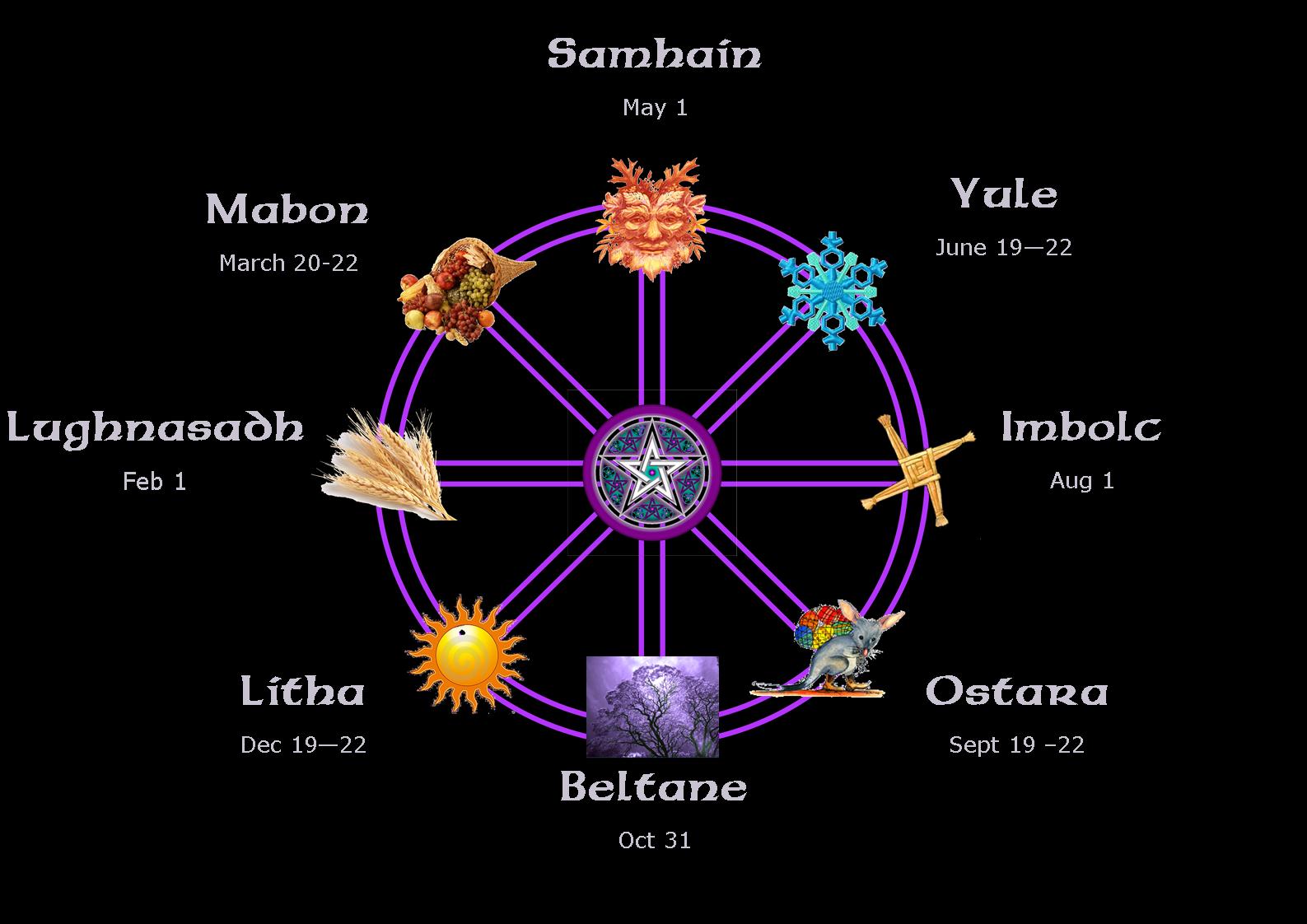I don't know about you but I resent paying $10 for a pair of panties that will last only six months and don't fit very well. The cheaper underwear packs don't even last that long. So the logical thing to do is to learn to make my own which will wear for longer and can be tailored to fit me perfectly.
Of course the internet provided inspiration and instruction...
For those who prefer photos rather than video; an alternative tutorial.
Of course the bralette will need to be modified to be useful for me as my needs tend more towards support (OHS issue magnitude) than simple cover, but I do think it gives a great place to start experimenting from. For this post though I will stick with the panties.
My first step was to make a pattern template, I used some wrapping paper to make mine.
Then I found an old t shirt that wasn't too decorative or thick as I wanted to make a prototype first and tweak the pattern until I got a comfortable fit. Don't panic, I won't be modelling; I don't feel comfortable putting my face on here, so any other bits of anatomy are out too.
I had to dig out my old electric sewing machine for the sewing up bit as Prudence the treadle machine is a straight stitch only girl and stretch sewing needs a zigzag stitch.
I sewed them up as per instructions in the panties video.
The final result is a comfortable pair of knickers. I will definitely be making more of them.
The only changes I will make to this pattern is to expand the sides a little bit and narrow the crotch.
Stay tuned for a report on making the bralette next time.
















































